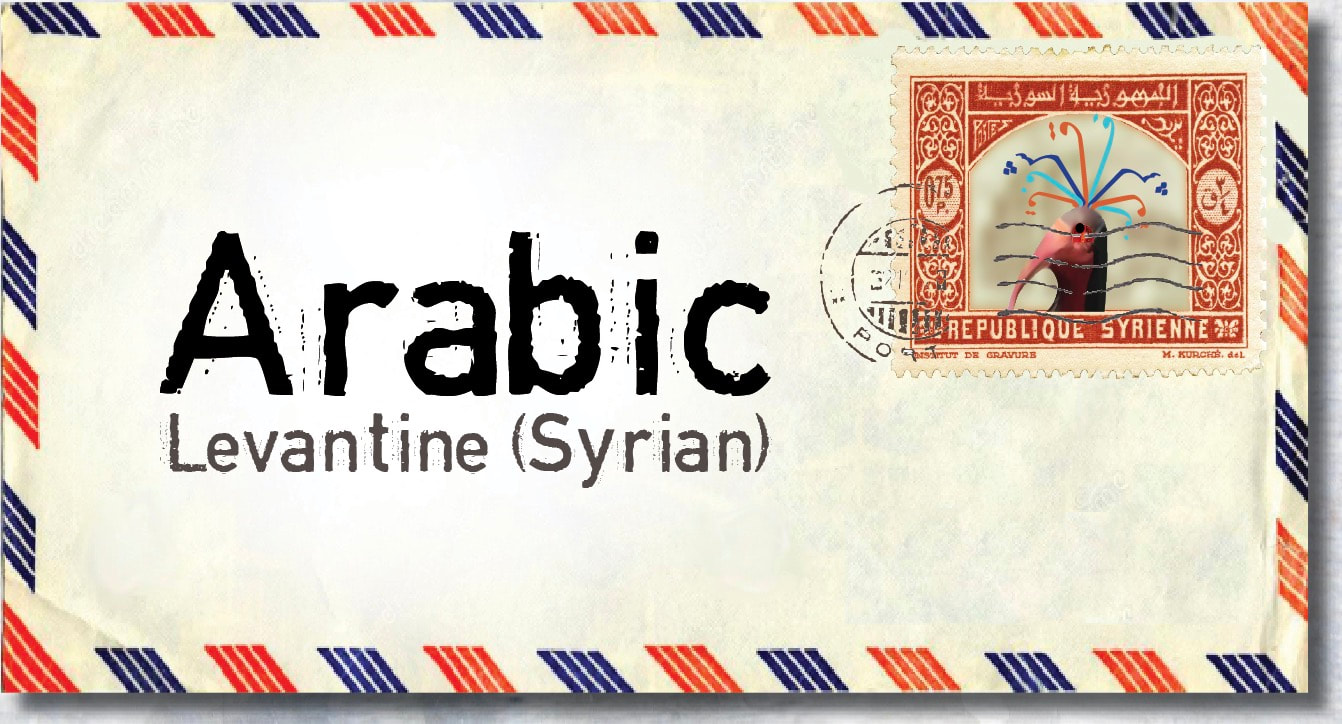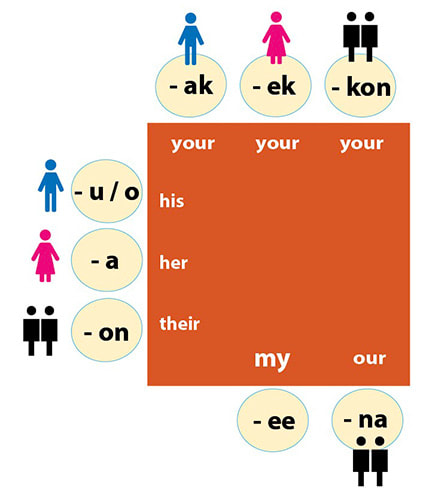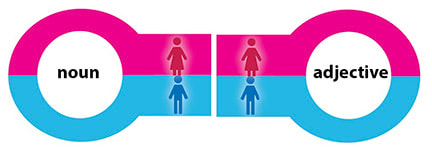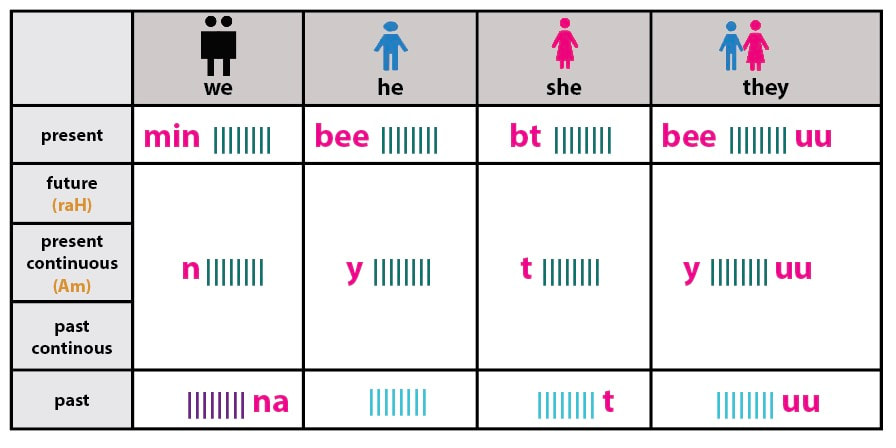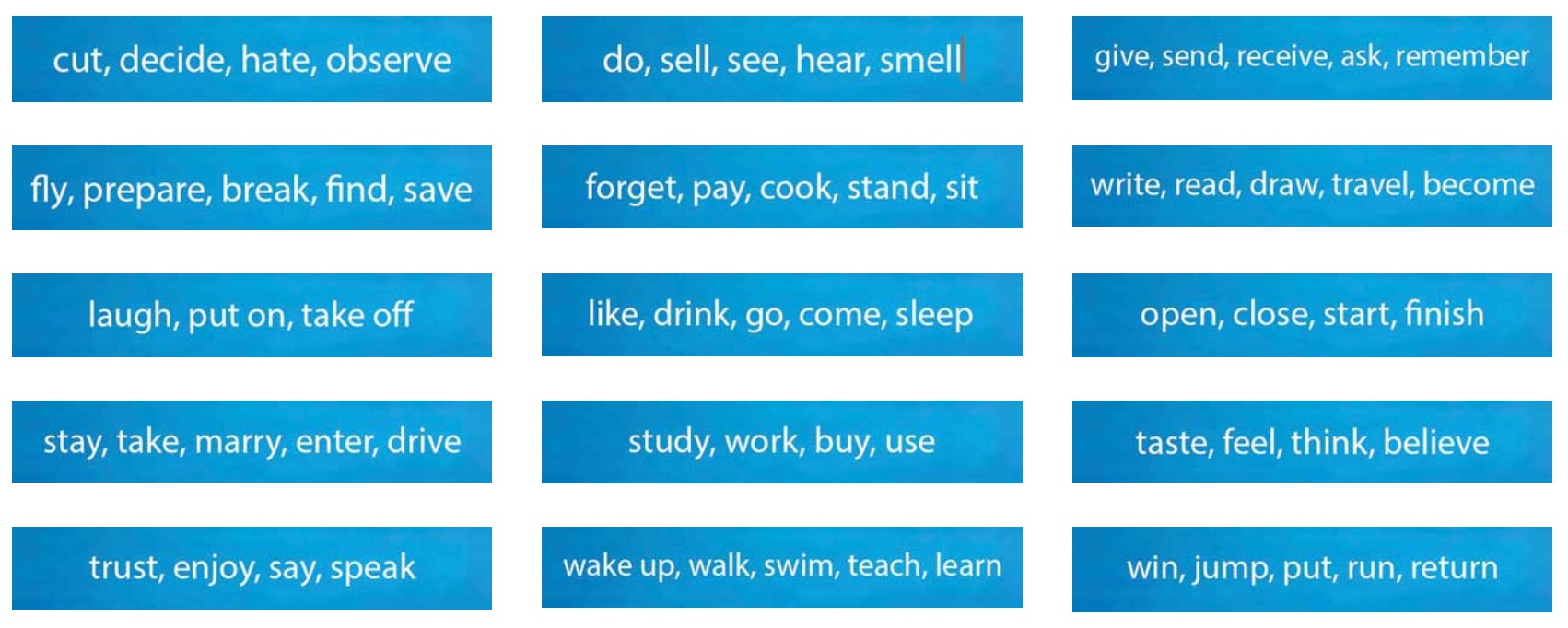STARTERS
Explore the material below and feel free to pick and choose the lessons that you feel comfortable with. Videos appear in no particular linear fashion. As you widen your knowledge, the logic of the language will emerge and knit together in a functional form.
SOUNDS & words
Start by listening to the sounds, Close your eyes and practice listening - speaking. Then, gradually train yourself to associate the sound with the letter.
Levantine Sign Language visualizes the letters with an elegant system. They are useful when identifying certain sounds with your teacher. The additional signs for vowels, stops and double consonants in the video are auxiliary signs invented for classroom use.
Basic vocabulary
NOUNS
There are 3 forms for counting nouns: (1 noun), (2 nouns) (3-10 nouns). (For 11 and beyond, use the singular form.)
The dual (2) form is made by adding the "ein" to the last consonant. If there is no consonant (marutabuta), add a "tein" sound.
The ends of nouns change according to who owns them.
There are (m) and (f) forms of the numbers 1 and 2 in some cases, but just one term for all other numbers.
ADJECTIVES
Use the (m) or (f) form of the adjective that matches the noun.
Keep the noun - adjective correlation even if you are talking about the (m) (f) owner of the object.
But note that the plural adjective is always (f) in the case of objects (not humans).
Comparatives: Use these forms regardless of the noun it modifies.
VERBS
Verb conjugations are simplified with this chart. You only need to know (4) root forms of a verb, bar-coded for easy use.
In the example of "to drink." Note that the last two forms are sometimes the same as in this case of "shereb."
In the example of "to drink." Note that the last two forms are sometimes the same as in this case of "shereb."
The videos below give you the four forms of each verb.
A LA CARTE
Sentence Chunking
Sentence chunks help you to master sentence patterns. Grammar rules become apparent as you become familiar with these patterns. Then, you will have the freedom to make new sentences simply by replacing words.
These videos are randomly arranged. Browse and practice at your own pace. Literal translations (not natural English) are used to give you a sense of Arabic.
Written Arabic is not always consistent with the spoken form, so if you want to learn how to read, it will be easier after you master these lessons.
These videos are randomly arranged. Browse and practice at your own pace. Literal translations (not natural English) are used to give you a sense of Arabic.
Written Arabic is not always consistent with the spoken form, so if you want to learn how to read, it will be easier after you master these lessons.
 This work is licensed under a Creative Commons Attribution-NonCommercial-NoDerivatives 4.0 International License. |


